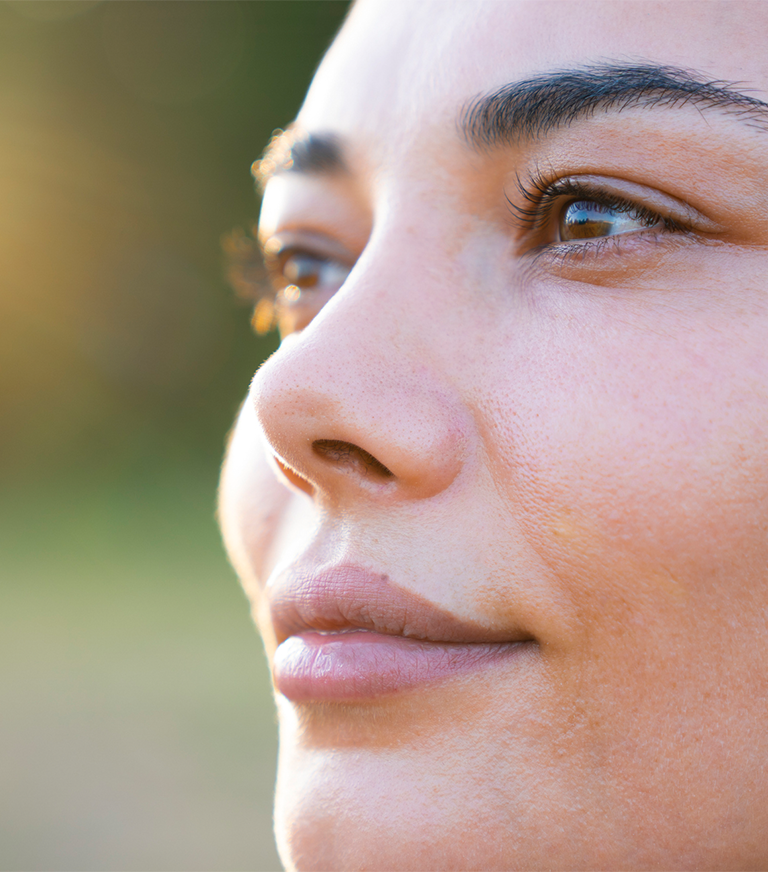Did You Know?
You’ve likely got many questions around Dry Eye. We’ve anticipated some questions for you and given you short answers here. For more detailed answers or further questions please speak to your Optometrist, we’ve added the clinic locator at the bottom of the page so you can find your dry eye expert.

Tears are made of three layers: oil, water, and mucus. Each layer plays a role in keeping your eyes moist and protected.
(IMAGE)
Aqueous Deficient Dry Eye (ADDE) happens when your eyes don’t make enough tears, while Evaporative Dry Eye (EDE) occurs when tears evaporate too quickly, often due to oil gland issues.
(IMAGE)
This type of dry eye occurs when there is not enough water and oil in your tears. It’s a combination of Aqueuos Deficient Dry Eye and Evaporative Dry Eye.
(IMAGE)
Your meibomian glands produce the oil that keeps tears from evaporating. When they’re blocked, it leads to meibomian gland dysfunction (MGD)—a major cause of dry eye.
(IMAGE)
Blepharitis is inflammation of the eyelids, causing them to be red, inflamed and crusty. It’s a common condition associated with dry eyes as it can disrupt tear production and quality.
Sjogren’s syndrome is a chronic autoimmune disease that attacks the mucous-secreting glands including those that produce saliva and tears. It will often cause dry mouth and dry eyes and mainly affects females over the age of 40.
Ocular rosacea is an inflammation of the eyelids caused by abnormal blood vessel growth (telangiectasia). The abnormal blood vessels release inflammatory proteins that cause redness, burning, stinging and dryness.
These microscopic mites called Demodex live in the meibomian (oil) glands or near the hair follicles. If there is too much Demodex it can cause itchiness, meibomian gland dysfunction and inflammation.
The Schirmer’s test uses a small strip of paper placed under your eyelid to measure how much moisture your eyes produce.
It’s essential to keep a healthy eyelid margin and crucial for dry eye management, because the openings of the meibomian gland needs to be cleared of biofilm (bacteria and debris like dead skin cells). Proper eyegiene is similar to having a dental cleaning for better oral health.
Staring at screens reduces how often you blink, which can lead to tear evaporation and dry eye symptoms.
Intense Pulsed Light (IPL) therapy is also used to treat dry eye by reducing inflammation and improving oil gland function.
Drops with preservatives like benzalkonium chloride can irritate the eyes over time. Preservative-free options are often better for long-term use.
Autologous serum eye drops are made from your blood and contain healing components that mimic natural tears.
This occurs when a person’s eyes come into contact with an allergen, and the eyes become red and sore. The body’s immune system overreacts, releasing histamine and other active substances through mast cells. The blood vessels dilate or expand, and this irritates nerve endings. The result is an increased secretion of tears.
The symptoms are similar; blurred vision, dry red eyes, irritation. If you have any of these symptoms, book a consult with your optometrist to determine your diagnosis and treatment plan.
Trichiasis is a condition where your eye lashes grow in the wrong direction and it’s a common problem. You may feel like you have something in your eye, it may be red and swollen and your vision may blur easily. Your optometrist can help resolve this and determine exactly what your symptoms are and provide relief.
TBUT is your Tear Break Up Time. Your Optometrist will measure how long your tear film lasts after your blink. They will place a small amount of dye into your eye and ask you to blink so the dye covers your eye fully. Then you will look without moving your eyes or blinking and your Optometrist will watch to see how long the dyed tear film covers your whole eye. If your tear film doesn’t last long you may have dry eyes.
Tear production diminishes as we get over the age of 50. If you are female you may experience dry eye due to hormonal changes such as pregnancy or menopause. Eating a diet low in Vitamin A (found in liver, broccoli, carrots) or low in Omega-3 (found in fish, walnuts) can contribute to symptoms, plus contact lens wearers may also experience dry eye.


